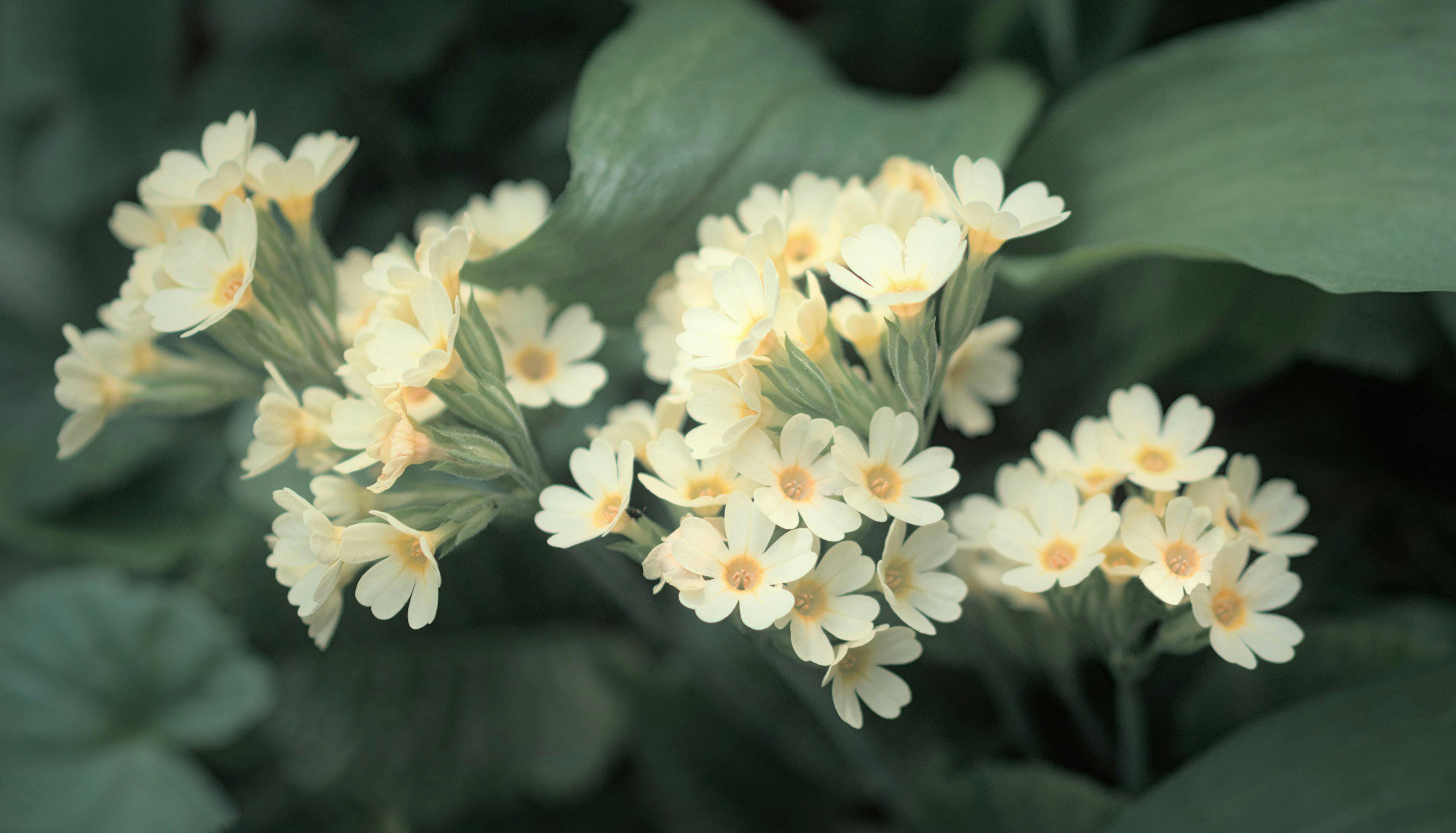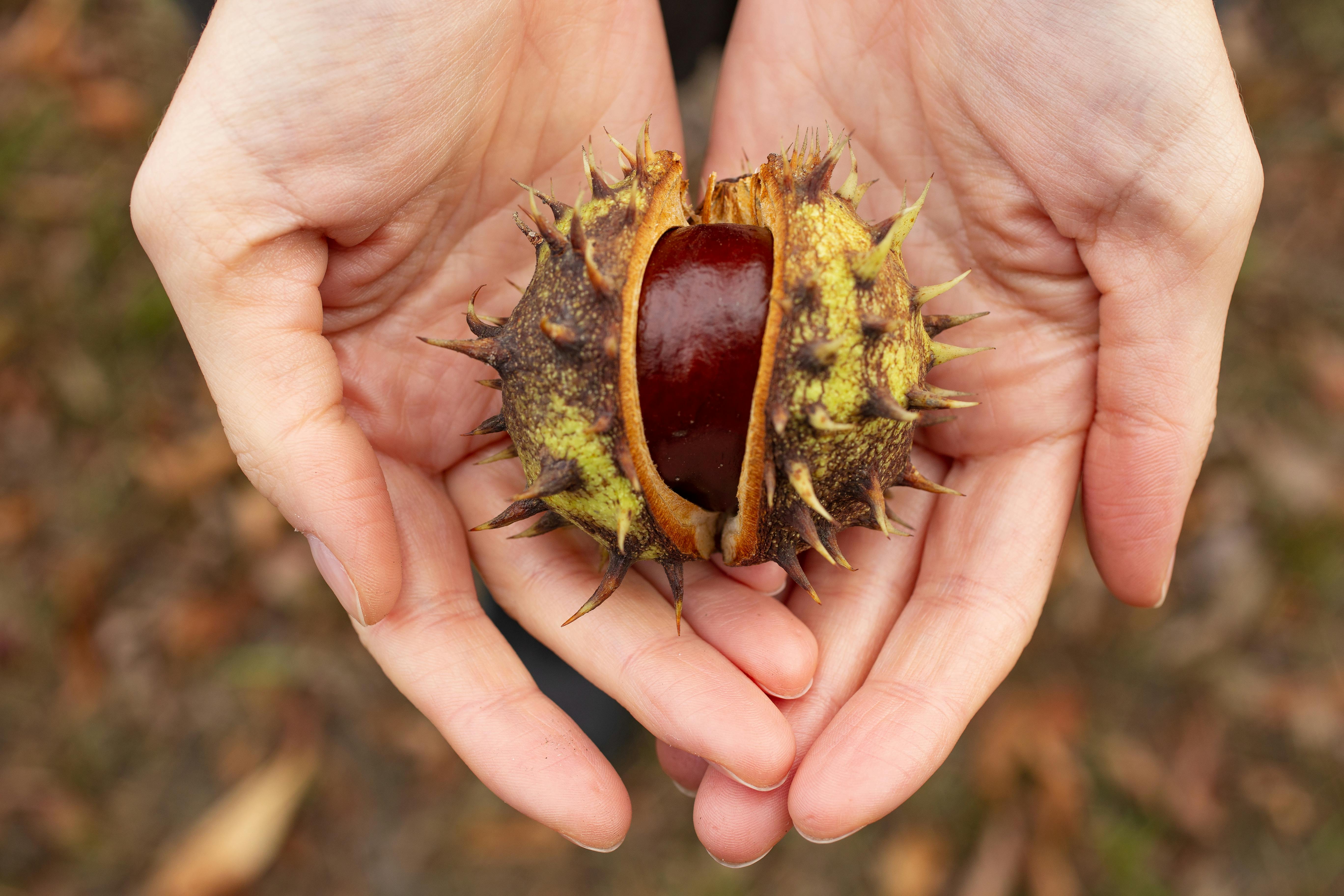Mr. Gardener: Your Ultimate Guide to Home Gardening
Understanding the Basics of Home Gardening
Home gardening is an enriching activity that promotes sustainable living and enhances your outdoor space. Whether you want to grow vegetables, flowers, or herbs, diving into this hobby offers both aesthetic and practical benefits. **Mr. Gardener** emphasizes the importance of selecting the right plants, understanding your soil, and providing adequate maintenance to ensure growth. Personalizing your garden can help you create a serene retreat and even contribute to your self-sufficiency by growing your own food. Begin your gardening journey by exploring various gardening styles, from container gardening to raised beds.
Choosing the Right Plants for Your Garden
When starting your home garden, picking the right plants is crucial. Consider the climate, soil conditions, and the amount of sunlight your garden receives. **Mr. Gardener** suggests starting with easy-to-grow plants such as herbs like basil and mint, or vegetables like tomatoes and lettuce. These plants thrive in various conditions and offer a rewarding yield. Additionally, it’s beneficial to check local gardening calendars to align planting schedules with seasonal guidelines for your region.
Soil Preparation Techniques
Good soil is the foundation of a thriving garden. Before planting, assess your soil’s quality and consider amendments as needed. According to **Mr. Gardener**, adding compost enriches the soil, providing essential nutrients, while improving drainage and aeration. For a simple soil test, you can collect a sample and send it to a local extension office. This way, you can learn about pH levels and nutrient content, allowing for informed adjustments to cultivate a fruitful garden.
Maintenance and Care of Your Plants
Caring for your garden is an ongoing process that includes watering, pruning, and pest management. Regular inspection of your plants for signs of disease or pests can prevent larger issues down the road. As per **Mr. Gardener**, employing organic pest control methods is effective and environmentally friendly, ensuring that your plants thrive without harmful chemicals. Furthermore, setting up a proper watering schedule tailored to your plant types will keep your garden hydrated and flourishing.
Enhancing Your Gardening Skills
Improving your gardening skills involves continuous learning and practice. Engaging with local gardening clubs or online communities can expose you to diverse techniques and tricks shared by fellow hobbyists. **Mr. Gardener** often recommends attending workshops or classes where you can see different gardening methods in action, ask questions, and gain hands-on experience. Investing time in education will help you develop a keen sense for what works best in your gardening space.
Creating a Gardening Plan
A well-thought-out garden plan can streamline your gardening activities and lead to more fruitful outcomes. Mr. Gardener advocates starting with a layout that considers plant spacing, sunlight exposure, and water access. Utilize grid paper to sketch your garden design, marking areas for each type of plant and noting their growth requirements. Once your plan is established, you’ll have a reference to guide your planting and growing process, making yard work less overwhelming.
Learning from Mistakes
Gardening is a journey filled with trial and error. Every garden faces challenges, like pest infestations or unexpected weather changes. **Mr. Gardener** highlights that maintaining a gardening journal to document successes and setbacks can provide valuable insights for future planting seasons. Reflecting on what worked and what didn’t strengthens your abilities and makes your garden increasingly successful as you adapt and refine your techniques over time.
Utilizing Technology in Gardening
In today’s digital age, technology can significantly enhance your gardening experience. There are several apps available that assist with plant identification, pest management, and disease diagnosis. **Mr. Gardener** encourages using these resources to help streamline your garden maintenance tasks. Moreover, online forums and social media platforms can connect you with other gardeners, enabling the sharing of experiences, advice, and innovative solutions to common challenges.
Creating an Aesthetically Pleasing Garden
A garden isn’t just functional; it also serves as a design element in your outdoor space. **Mr. Gardener** suggests considering landscape design principles such as balance, color, and harmony when planning your garden layout. Plant combinations and strategic placements create visual appeal, turning a simple garden into a breathtaking outdoor escape. Layering tall plants at the back and smaller plants in front can enhance depth and interest, while utilizing pathways and structures can help organize your garden effectively.
Understanding Seasonal Colors and Blooms
Using seasonal color schemes can create a stunning visual display year-round. **Mr. Gardener** recommends selecting a mix of perennials and annuals that bloom at different times, ensuring your garden remains vibrant throughout all seasons. For example, daffodils and tulips emerge in spring, while chrysanthemums bloom in the fall. Timing your planting helps to achieve a continuous bloom cycle, augmenting your landscape’s beauty.
Incorporating Decorative Elements
Integrating decorative elements like garden art, fountains, or unique plant containers adds character to your garden. These elements can reflect your personality and style. **Mr. Gardener** suggests repurposing materials for a more sustainable approach, such as using old crates for planting boxes or creating a trellis from reclaimed wood. Striking a balance between functional gardening and aesthetic elements will enhance your outdoor space, making it inviting and enjoyable.
Conclusion
Engaging in home gardening not only enriches your living space but also nurtures your connection with nature. With the right approach, including knowledgeable practices shared by **Mr. Gardener**, anyone can cultivate a flourishing backyard garden. Whether you are a novice or an experienced gardener, continuous learning and adaptation will enhance your gardening journey and yield joyful results. Embrace the adventure of creating your garden oasis!

FAQ
1. What are the best plants for beginners to grow in a home garden?
For beginners, starting with easy-to-care-for plants like **herbs**, **lettuce**, and **sunflowers** is advisable. These plants not only grow quickly but also reward you with edible and visually appealing results. Checking local climate conditions will also help in selecting the best plants for your garden.
2. How can I improve soil quality in my garden?
Improving soil quality can be achieved by adding organic compost, which enriches the soil with nutrients, enhances water retention, and promotes beneficial microbial activity. Regular soil testing can also inform you of specific amendments needed for optimum plant health.
3. What common mistakes should I avoid when gardening?
Common gardening mistakes include overwatering, planting in poor soil, and not considering the space plants need to grow. Keeping a journal and learning from past experiences can minimize these errors and lead to better gardening outcomes.
4. How do I manage pests organically?
Managing pests organically can be effectively done with the use of natural repellents such as neem oil or introducing beneficial insects like ladybugs. Regular inspection and maintaining healthy plant practices can also deter pests before they become a problem.
5. What technology tools can assist with gardening?
There are several gardening apps available that facilitate plant care, including reminders for watering, pest identification tools, and gardening communities for sharing experiences. These tools can enhance your gardening experience and improve results.
6. How can I create a garden that attracts beneficial insects?
Creating a garden that attracts beneficial insects involves planting a variety of **nectar-rich** flowers, like **lavender** and **coneflower**. These plants not only beautify your garden but also support pollinators and predatory insects that help manage pests.
7. How often should I water my garden?
The frequency of watering your garden depends on various factors, such as plant types, soil conditions, and weather. Generally, deep watering once a week is more beneficial than light, frequent watering, encouraging roots to develop deeper into the soil.

